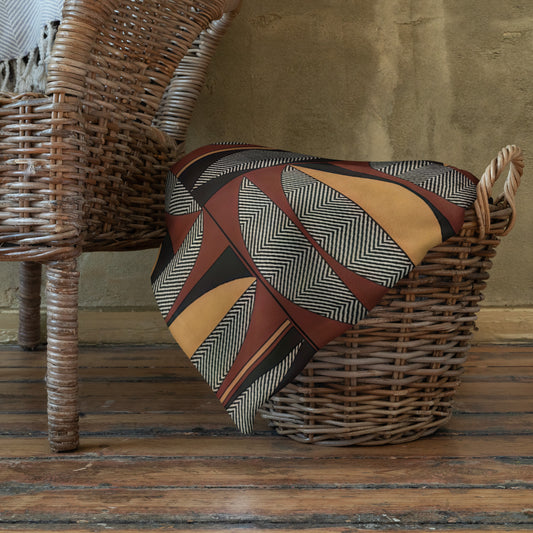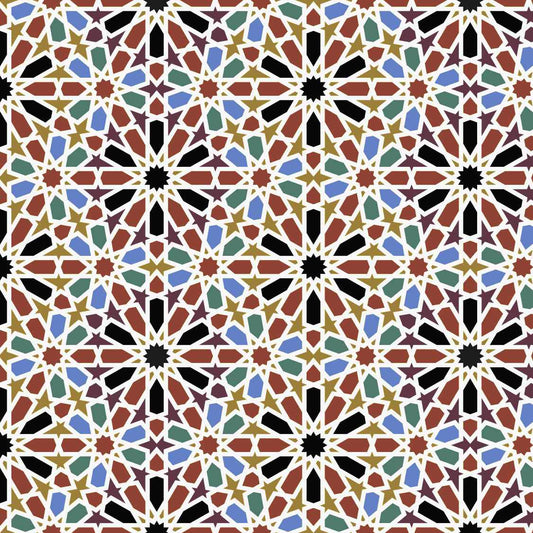Solar window films are a fantastic addition to any home or office, offering energy efficiency, UV protection, and enhanced privacy. Installing them yourself can be a cost-effective project with the right preparation and approach. Here’s a step-by-step guide to help you achieve a professional finish.
1. Choose the Right Solar Film
Not all solar films are created equal. Before starting your installation, research the different types of films available:
- Reflective Films: Great for reducing heat and glare, often used in commercial settings.
- Non-Reflective Films: More suitable for residential use, offering heat reduction without altering the appearance of your windows.
- Dual-Reflective Films: A hybrid option that offers the benefits of both reflective and non-reflective films.
- UV Blocking Films: Primarily focused on blocking harmful UV rays to protect furniture and flooring.
Choose a film that best suits your needs, keeping in mind factors like the level of light you want to maintain and the primary benefits you're seeking (e.g., energy savings, privacy, or UV protection).
2. Gather Your Tools and Materials
Before you begin, ensure you have all the necessary tools:
- Solar window film (pre-cut to the size of your windows or slightly larger)
- Spray bottle filled with soapy water (use a few drops of baby shampoo or dish soap)
- Squeegee or plastic card
- Utility knife with sharp blades
- Measuring tape
- Microfiber cloth or lint-free towel
- Razor blade or scraper
- Masking tape
Having everything ready before you start will make the process smoother and more efficient.
3. Prepare the Window Surface
Cleanliness is key when installing window film. Any dirt, dust, or debris can cause bubbles or imperfections in the final result. Follow these steps to prep your window:
- Clean the Window: Spray the window with soapy water and use the razor blade or scraper to remove any dirt or residue. Wipe the window down with a microfiber cloth, ensuring it’s completely clean and dry.
- Clean the Frame: Don’t forget to clean the window frame as well, as dirt can transfer from the frame to the glass during installation.
- Wet the Window: After cleaning, spray the window with soapy water again. This layer of moisture allows the film to be positioned and adjusted easily.
4. Measure and Cut the Film
Measure the window dimensions carefully, adding an extra inch to the height and width to allow for adjustments. If your film isn’t pre-cut:
- Roll out the film on a clean, flat surface.
- Use the measuring tape and utility knife to cut the film to size, adding a little extra for trimming once it’s on the window.
5. Apply the Solar Film
This is the most critical part of the installation:
- Remove the Backing: Peel off the backing from the film to expose the adhesive side. Do this slowly to avoid creasing or contaminating the adhesive.
- Position the Film: Spray the adhesive side of the film with soapy water. Then, carefully place the film on the wet window, starting from the top and working your way down. The soapy water allows you to slide the film into position.
- Smooth the Film: Using your squeegee or plastic card, start from the center and push outwards to remove bubbles and excess water. Be gentle but firm to avoid tearing or scratching the film.
- Trim the Excess: Once the film is in place and smooth, use a utility knife to trim any excess film along the edges of the window.
6. Final Touches
After the film is applied, it will need some time to dry and adhere properly:
- Squeegee Again: Go over the film once more with the squeegee to remove any remaining water or bubbles.
- Drying Time: Allow the film to dry for at least 24 to 48 hours. Avoid touching the film or cleaning the window during this time.
7. Maintenance and Care
Once the film is fully adhered, it’s important to take care of it to ensure longevity:
- Cleaning: Use a soft cloth and mild, non-abrasive cleaners to clean your windows. Avoid using ammonia-based products, as they can degrade the film over time.
- Inspect Regularly: Check your film periodically for any signs of peeling or bubbling, especially around the edges. Address any issues promptly to prevent further damage.
Conclusion
Installing solar window film yourself can be a rewarding DIY project that enhances the comfort and efficiency of your home. With the right tools, careful preparation, and attention to detail, you can achieve a professional-looking installation that will last for years. Enjoy the benefits of reduced energy costs, improved privacy, and protection from harmful UV rays—all from the comfort of your own home.























